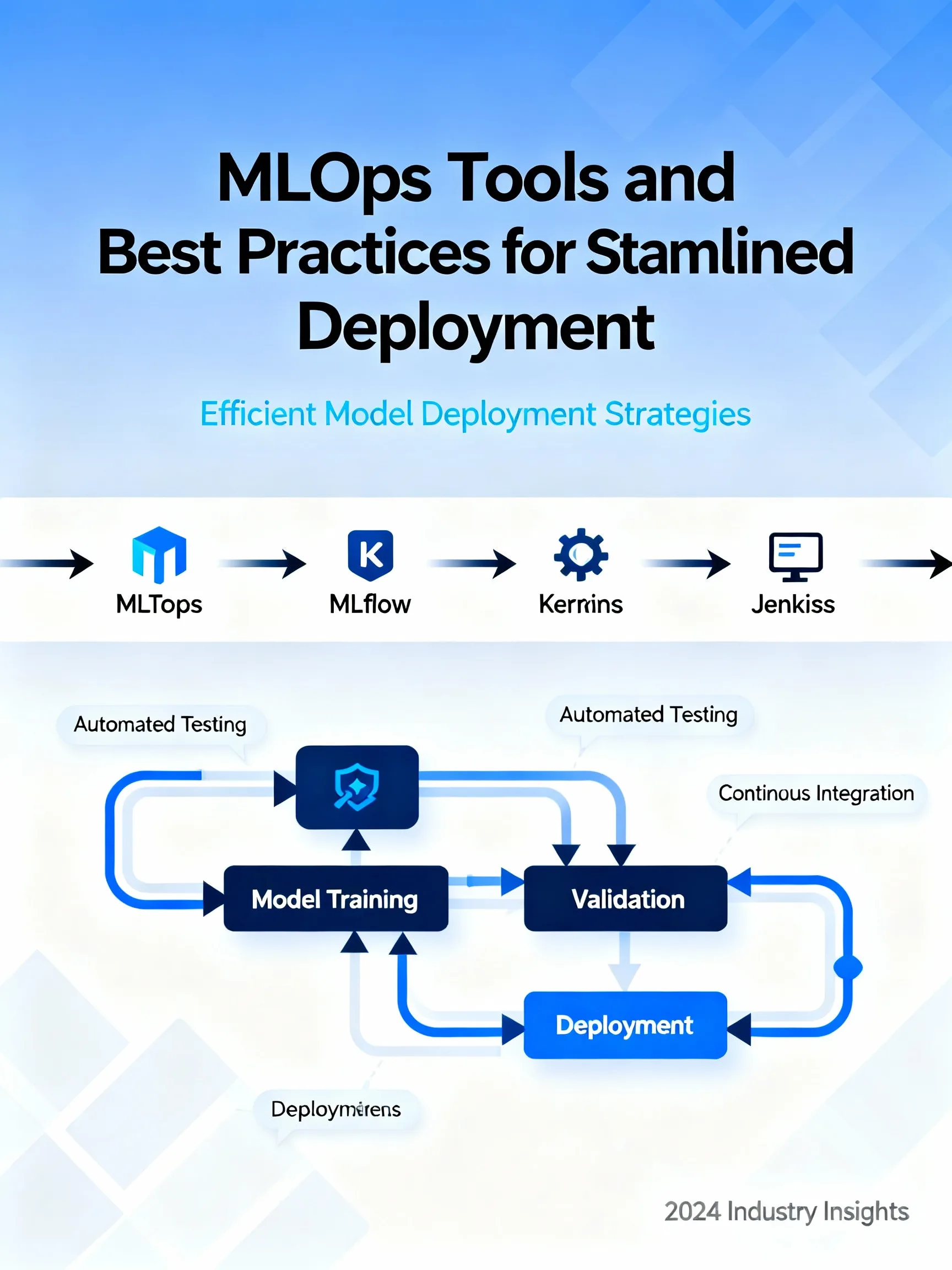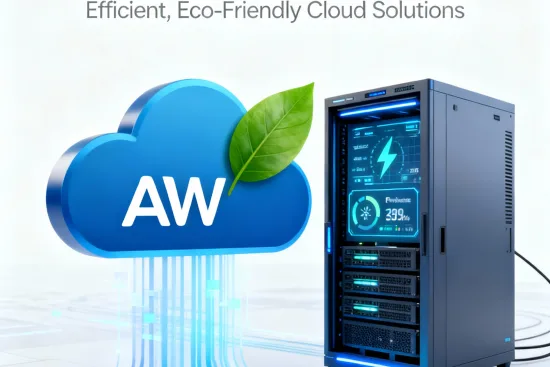
Introduction
MLOps tools and best practices are essential to move models from notebooks to reliable production services on AWS SageMaker, Azure ML, and GCP Vertex AI. This article outlines platform-specific tools, CI/CD and infrastructure as code patterns, monitoring and governance, security and cost controls, and practical deployment patterns to help teams deploy faster and reduce failure rates.
Platform specific tools and capabilities
Each cloud provider offers a suite of managed services that accelerate production deployment. On AWS SageMaker, key capabilities include SageMaker Pipelines for orchestrated training and deployment, SageMaker Model Registry to track model versions, and SageMaker Model Monitor for production drift detection. SageMaker also supports custom containers and multi-model endpoints for cost-efficient hosting.
Azure ML provides Azure ML pipelines, the Model Registry, and Azure ML Endpoints for managed real-time and batch inference. Integration with Azure DevOps or GitHub Actions simplifies CI/CD. Azure also offers feature store capabilities and built-in explainability tooling to support compliance.
GCP Vertex AI combines Vertex Pipelines, Vertex Model Registry, Feature Store, and Endpoint traffic splitting for canary and blue-green rollouts. Vertex AI integrates tightly with BigQuery for feature engineering and provides prebuilt explainability and model monitoring tools.
Choosing the right managed components reduces operational overhead. Typical pattern: use the provider pipeline service to automate training, register the approved model to the registry, and deploy via the provider endpoint service with traffic management enabled.
CI/CD, reproducibility, and infrastructure as code
MLOps tools and best practices require reproducibility and automated delivery. Practical steps:
- Version control code and model artifacts in Git and a model registry. Tie a model registry entry to a Git commit hash and pipeline run ID.
- Use containerized environments to ensure consistency. Build reproducible Docker images with pinned dependencies and use the same image in training and serving.
- Automate infrastructure provisioning with Terraform or CloudFormation (AWS), ARM templates or Bicep (Azure), or Terraform for GCP. Store IaC in Git and apply changes via a pipeline with peer review.
- Implement CI tests: unit tests for preprocessing, integration tests for pipelines, and smoke tests for deployed endpoints that validate latency, basic accuracy, and schema adherence.
- Build CD processes that promote models from staging to production after automated validation. Common flow: test -> staging endpoint -> canary traffic split -> scale to production.
Example: a GitHub Actions workflow builds a training container, triggers a SageMaker Pipeline training job, registers the model, and triggers a deployment pipeline that uses Terraform to provision an endpoint and runs automated validation tests before switching traffic.
Monitoring, observability, and governance
Observability is a core MLOps discipline. Track operational and ML-specific metrics:
- Operational: latency, request rate, error rate, CPU/GPU utilization, and cost-per-inference.
- ML-specific: prediction distribution, feature drift, data schema violations, model confidence, and model performance on labeled shadow data.
Use the cloud-native monitors: SageMaker Model Monitor captures feature drift and data quality; Azure Monitor and Azure ML’s built-in metrics provide telemetry and alerts; Vertex AI Model Monitoring reports skew and drift with integrations to Cloud Monitoring. Set thresholds and automated alerts for urgent drift or latency spikes.
Governance practices should include automated lineage capture (which pipeline run produced a model), immutable model artifacts in the registry, and approval gates before promotion. Maintain an audit trail for compliance audits and rollbacks to previous model versions when needed.
Security, access controls, and cost optimization
Secure and cost-effective deployments require careful configuration:
- Security: enforce least privilege using IAM roles and service accounts. Place endpoints and data stores in VPCs or private networks, enable encryption at rest and in transit, and rotate keys regularly.
- Access control: restrict who can register or approve production models. Use role-based access control to separate data scientists, MLOps engineers, and reviewers.
- Cost optimization: use autoscaling or serverless inference where supported (for example serverless endpoints or autoscaling endpoint instances) and consolidate models with multi-model endpoints when workloads allow. Schedule noncritical batch jobs for off-peak hours and stream logs only at necessary granularity to reduce logging costs.
Example cost tactic: leverage Vertex AI’s traffic splitting to direct 10 percent of traffic to a new model for live A/B testing before scaling, minimizing risk and wasted compute spend.
Practical deployment patterns and checklist
Adopt repeatable patterns to reduce friction. Core checklist items for every deployment:
- Reproducible build: Docker image, pinned dependencies, commit-linked artifacts.
- Automated tests: preprocessing, integration, and endpoint smoke tests.
- Model validation: performance on holdout and shadow-labeled data, bias checks, and explainability summaries for high-risk models.
- Deployment strategy: canary or blue-green, traffic split percentages, automated rollback criteria.
- Monitoring and alerts: latency and accuracy thresholds, drift detection, and runbook links for on-call engineers.
Example pattern: Train in a scheduled pipeline, register a model only after automated validation, deploy to a staging endpoint, run canary traffic at 10 percent for 24 hours, then promote to production if metrics are stable. Record the run ID, model artifact, and approval in the registry for traceability.
Conclusion
MLOps tools and best practices help teams reliably move models to production across SageMaker, Azure ML, and Vertex AI by combining managed platform features with CI/CD, IaC, monitoring, security, and cost control. Start by standardizing reproducible builds, automating pipeline promotion, and instrumenting drift and performance monitoring. With these patterns, teams can scale ML deployments while reducing risk and operational burden.






Leave a Reply